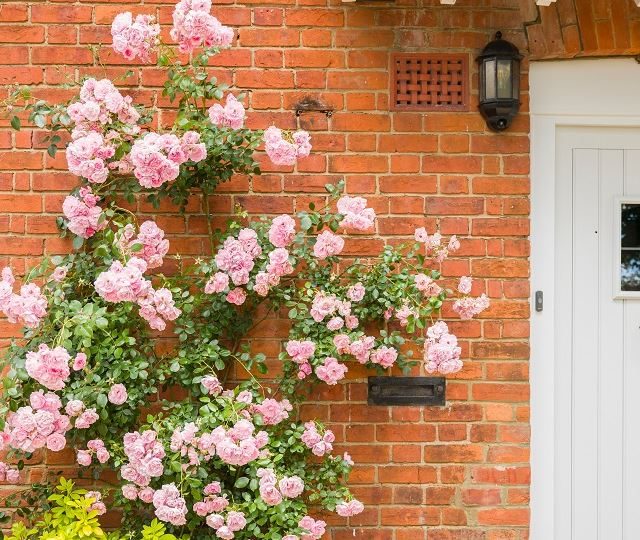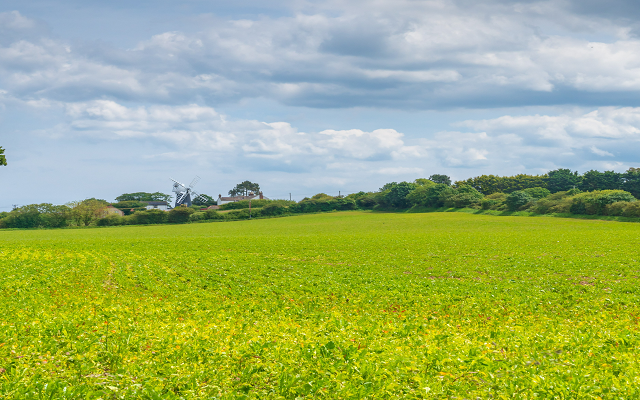What Biodiversity Net Gain will mean for landowners
The drive to build more homes in the UK is set to open up a new market opportunity for farmers and landowners, through the delivery of Biodiversity Net Gain (BNG).
Biodiversity Net Gain is widely seen as one of the main changes – if not the main change – in the Environment Bill, which is working its way through Parliament.
This provision will require all developments to demonstrate a BNG of 10% as part of planning permission. Put simply, that means not just making up for the negative environmental impact of the development, but actively increasing the variety of habitats and the amount of wildlife by 10%.
When seeking planning permission, a developer will have to calculate the number of biodiversity units attributable to the site in its pre-developed state, based on a Defra formula, then demonstrate how they will raise the total units and maintain that improvement for 30 years.
‘Biodiversity Net Gain will have a transformative effect on the environment and countryside in this country,’ says Professor David Hill, founder of Environment Bank, who introduced the concept to the UK.
While housebuilders can increase biodiversity within the development itself through on-site schemes, a large portion of the gains – perhaps 80- 90% – will be found off-site, where the financial costs are lower and the environmental benefits higher, according to Professor Hill.
A handful of councils already require developers to improve biodiversity as part of the National Planning Policy Framework (NPPF). But once the Environment Bill is passed, BNG will become mandatory nationwide, presenting opportunities for landowners and farmers.
Developers will have the option of sourcing land for offsetting directly, but many will choose to purchase credits from intermediaries able to locate suitable sites and draw up contractual agreements with landowners. These sites could be as small as four to six hectares for bespoke locations or as large as 40-100ha for strategically placed ‘habitat banks’.
The initial biodiversity value depends on its pre-development state, with a parcel of bare arable land scoring fewer units than the same area of unimproved grass, making the former more valuable as a potential habitat. Possible schemes could include the introduction of woodland, wildflower meadows, rewilding, wetlands and scrub. But in many cases, the conversions may not need to be as dramatic.
‘Around most urban fringes we may not be talking about radical changes to the habitat, such as large swathes of tree-planting or creating wetland areas,’ says Simon Beeby, director of planning & development for Strutt & Parker in Morpeth.
‘It could be simple grassland management to attract insects and ground-nesting birds, depending on local requirements.’
Beeby has worked on two significant offsetting projects in North East England, where developers sourced sites from nearby landowners who were able to accommodate biodiversity improvements within their businesses. Both farms previously sold hay and haylage to the equestrian industry, sowing short-term leys that were cut several times a year.
They switched to a different grass mix including wildflowers to raise biodiversity, allowing them to receive financial incentives from the developer, while continuing to supply their existing customers, albeit with a lower yield.
‘This has not fundamentally changed the farming business, the customer base or the machinery requirement,’ Beeby says.
Until arrangements become more widespread, there are a number of open questions, but the returns available are likely to depend on the type of offsetting agreement, the demands and potential of the specific site, plus the location.
‘Where we are based, in the North East, there is a greater availability of land compared to many other regions, which may make on-site biodiversity improvements more appealing to developers,’ says Fraser McKenna, senior surveyor, planning & development, for Strutt & Parker, Morpeth.
‘In more densely populated areas, where land comes at more of a premium, developers are perhaps more likely to seek out opportunities for off-site net gain.’
Where housebuilders source off-site biodiversity sites directly or work with landowners to create the improvement, the arrangement could take the form of a farmer working as a contractor or paying a small rent for use of the developers’ land while implementing the biodiversity plan. Alternatively, the farmer could receive a regular payment to maintain land of their own to the necessary standard.
Environment Bank, after selling credits to developers and discharging them of liability, pays landowners a capital payment to establish the habitat and a regular amount for annual management, including an allowance for inflation and income foregone. Annual payments could be around £400–600/ha a year, depending on the area and habitat complexity.
Those putting land forward should consider the wider impact on the farm businesses, says McKenna. Considerations will include a landowner’s ability to claim support payments in the future and the tax implications.
But taking advantage of biodiversity offsetting might be an option for landowners with some marginal land that is not currently productive, if their landholding fits within the specific plans of their local planning authority for development and the environment.
This is an abridged version of an article which first appeared in the Spring/Summer 2020 issue of Land Business.






